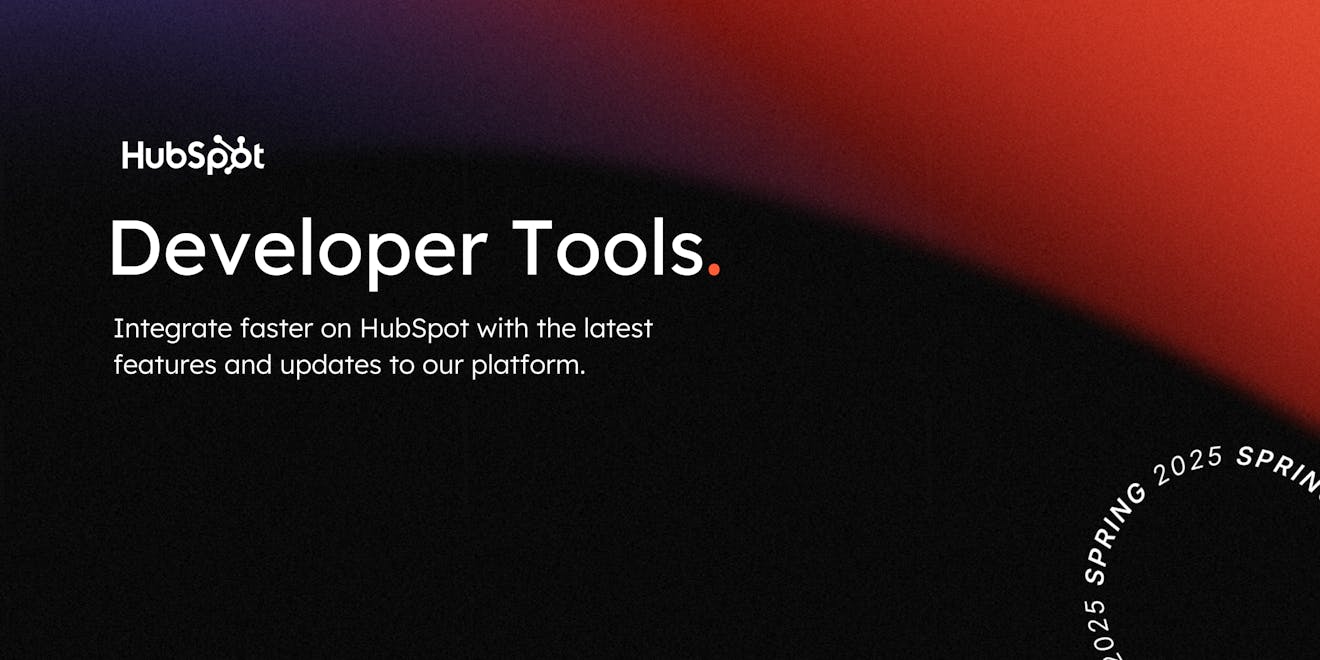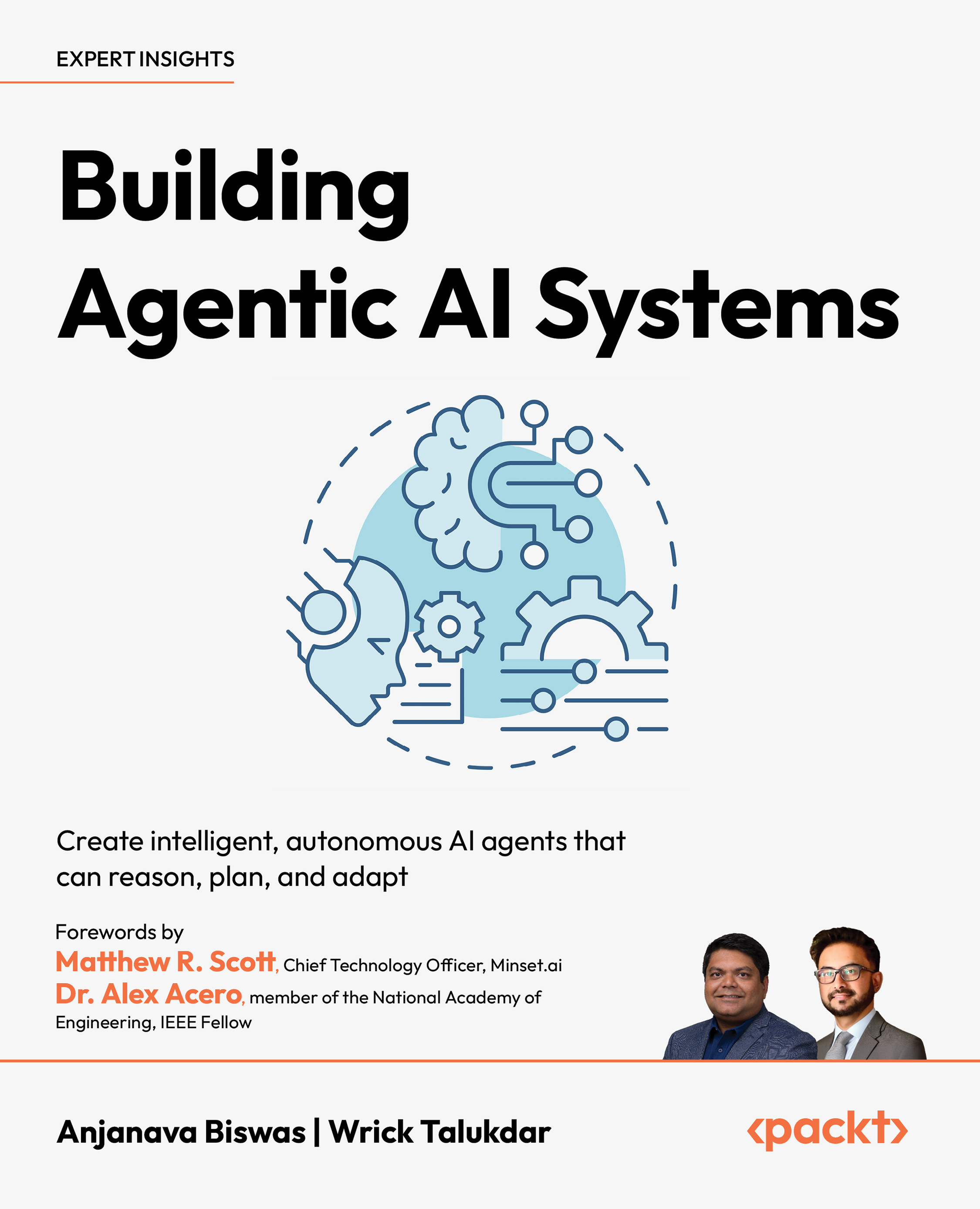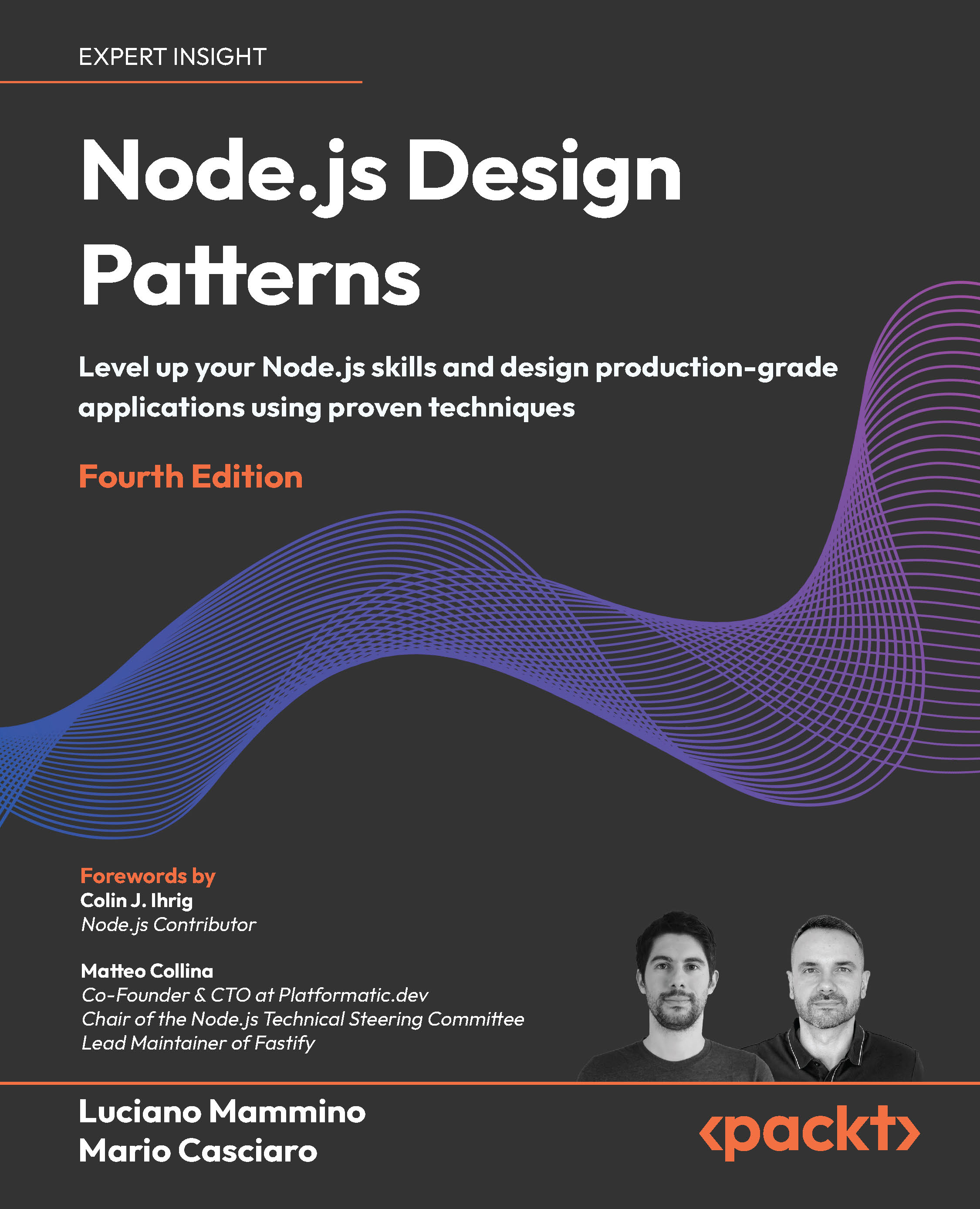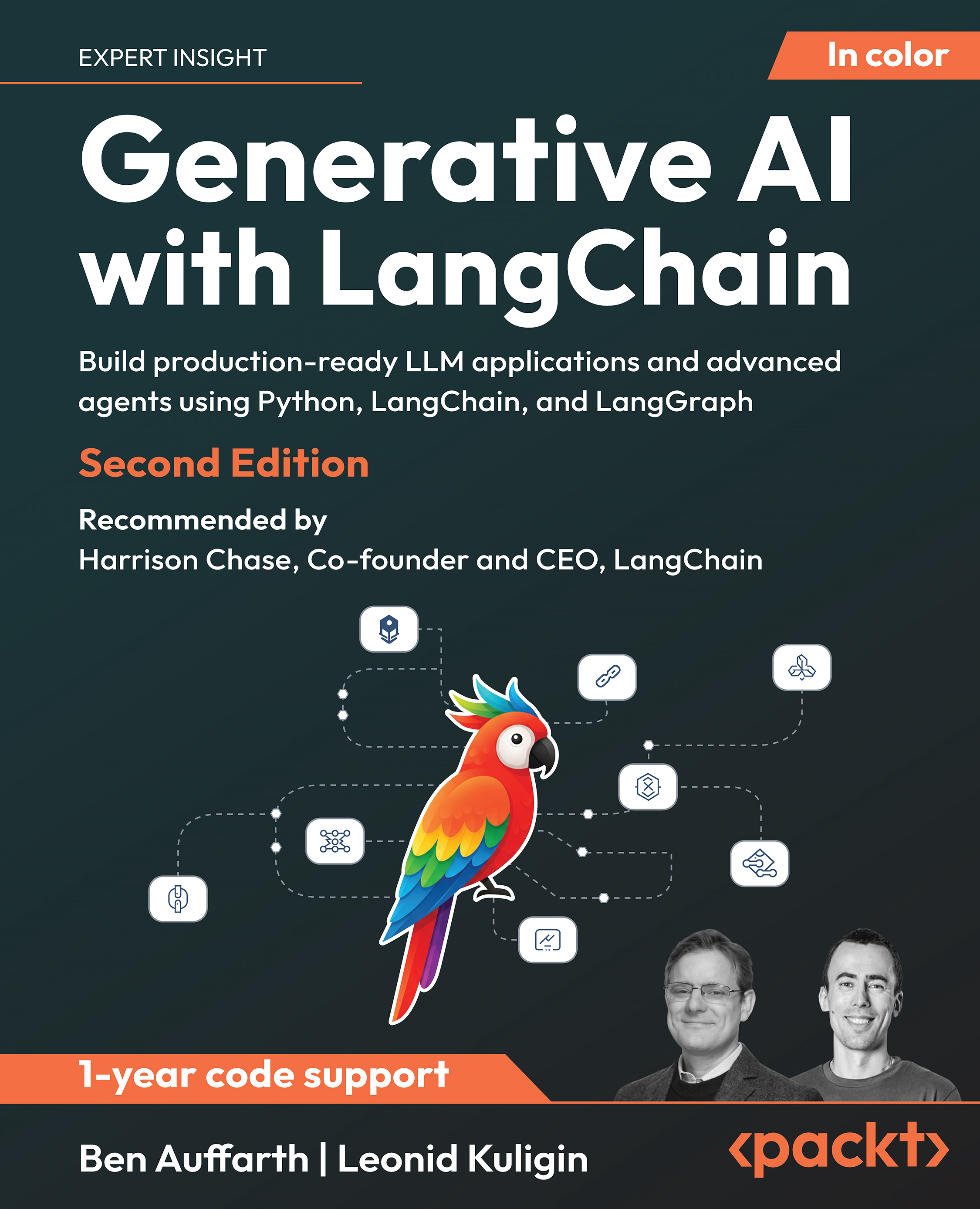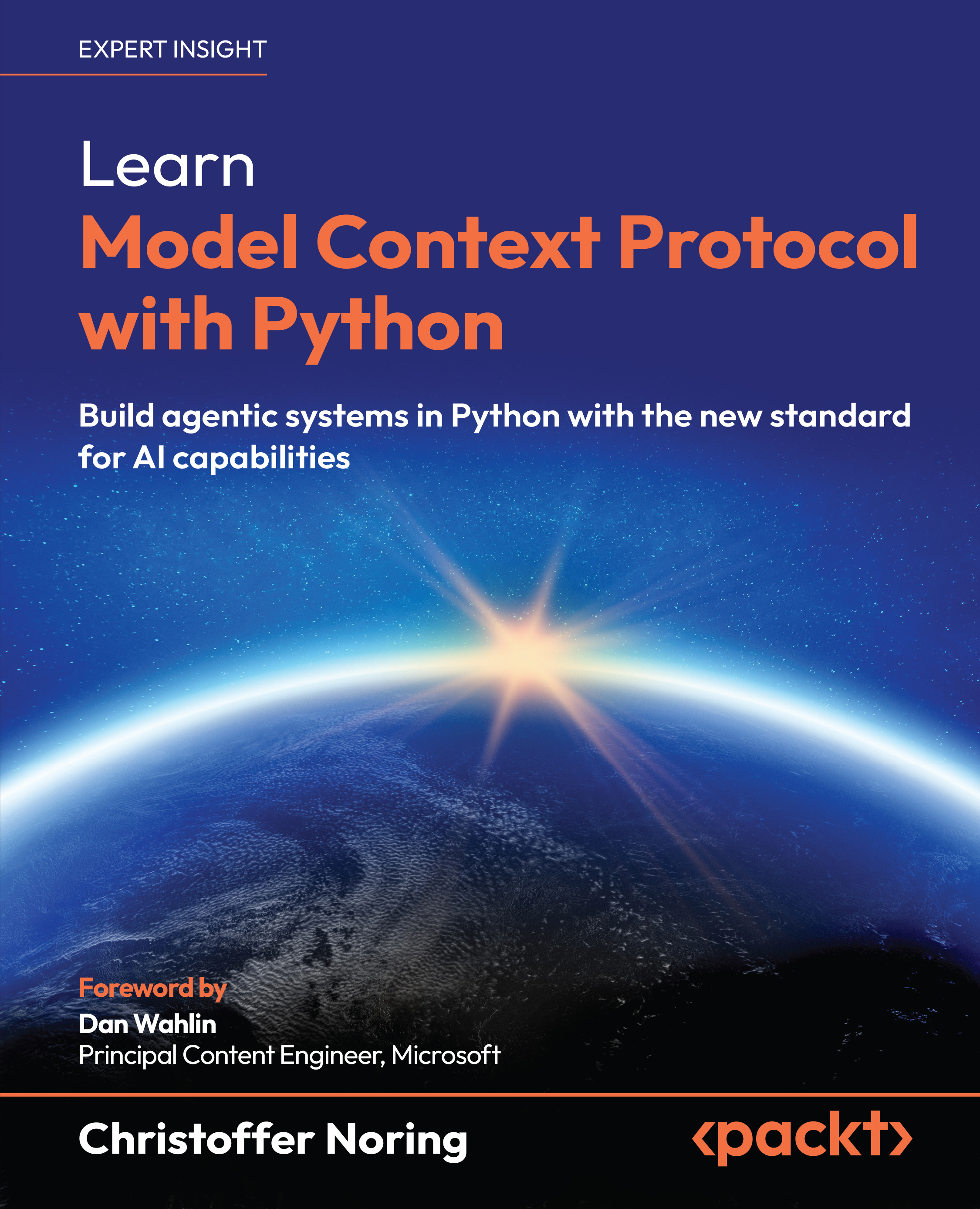Q: What inspired you to write Software Architecture with C# 12 and .NET 8?
Francesco:
The main point was that this book brings together various subjects that are hard to find in one place. I wanted to collect my experience and put it into something solid—a book that could be useful in my advisory work, in courses, and also for my customers. It’s a practical tool for all of that.
Gabriel:
For me, it marked a really important point in my career. I’ve worked both in the college environment and in industry for a long time. This opportunity allowed me to give back to the community a complete material, a full pipeline on how to create an enterprise solution.
It was a great chance to work with Francesco too—we found a lot of common ground. I think readers will notice that the book reads as though it was written by a single person. We worked closely and it was a really enjoyable collaboration.
Q: Could you give us a few examples of how AI-driven tools are currently being used in architectural design and what new paradigms you see emerging?
Gabriel:
AI is definitely the topic on everyone’s mind right now. But a good AI still depends on a good software architecture—because AI needs good data. Without good data, you can't have good AI.
As architects, we’re going to be impacted by AI, positively or negatively, depending on how we work with it. For example, today it’s possible to upload an architectural design into a tool like ChatGPT and have a conversation about whether it’s good or bad. I’ve done this—it can suggest changes or provide feedback. But you still need to analyse that feedback and judge if it's correct, especially in enterprise environments where things are more complex.
So AI will change the world, but we need to use our intelligence to evaluate its output. Architects need to design systems that can produce good AI—because poor architecture means poor data, and that leads to poor AI.
Francesco:
AI is a valuable tool, but it can’t fully replace a professional’s experience—at least not yet. It helps save time and can suggest options, but sometimes those suggestions are wrong. Other times they’re a useful starting point for further investigation.
AI can write some code, create diagrams or designs that serve as a base to work from. It might remind you of something you’d forgotten to analyse. But that doesn’t mean it’s giving you the best solution—it’s just helping you avoid overlooking things.
Right now, it’s still far from the kind of general intelligence that could fully take over an architect’s job.
Q: What remains irreplaceable about human architects—and how they can use AI to enhance, rather than replace, their role?
Francesco:
Architects should use AI to save time—for instance, to generate some starting designs or initial code. In my company, we developed an AI tool that can generate a complete Visual Studio solution, with all the needed projects and some basic starting code. It doesn’t always work perfectly, but it’s a useful starting point and it saves time, especially with complex architectures like those based on microservices or onion architecture.
In those cases, setting everything up manually would take a long time. With this tool, we can automate 50–60% of that groundwork. But even then, the hard part is modelling the real world—and AI doesn’t have enough understanding of the world to do that on its own. It still needs a human to interpret the requirements and guide the process.
Gabriel:
Our book focuses a lot on the architect’s role in a team. Architects design the solution pipeline and are responsible for the technical direction of enterprise projects.
Today, AI can be used to accelerate things for the whole team—not just the architect. But it’s still just a starting point. You need someone with experience to evaluate whether the output fits the requirements. This is especially true for enterprise systems, where quality and correctness matter a lot.
Even tools like GitHub Copilot don’t just help you write code—they also help analyse if you’re following best practices. But it’s still the architect’s responsibility to decide which tools are appropriate and whether they’re improving the team’s performance.
Q: What skills do you see becoming essential for software architects as technology continues to evolve?
Gabriel:
If you look at everything we’ve talked about so far—distributed systems, AI, security—they all point to one thing: the future is distributed. So, understanding how to build distributed applications is going to be essential. Architects also need a solid grounding in information security.
And beyond the technical, I’d say soft skills are critical too. When you introduce changes like DevOps or observability, you’re impacting the entire team. The ability to bring people along with you—to communicate, to influence—is just as important as technical skill.
Francesco:
I agree with Gabriel. Many developers and architects still think of security as something you add at the end—firewalls, updates, patches. That mindset has to change. Security needs to be part of how we design and write code from the beginning.
Architects preparing for the future should update how they design, how they build, and how they think about development. That means learning about DevOps, distributed systems, and modern development methodologies—and making them second nature.
 United States
United States
 Great Britain
Great Britain
 India
India
 Germany
Germany
 France
France
 Canada
Canada
 Russia
Russia
 Spain
Spain
 Brazil
Brazil
 Australia
Australia
 Singapore
Singapore
 Canary Islands
Canary Islands
 Hungary
Hungary
 Ukraine
Ukraine
 Luxembourg
Luxembourg
 Estonia
Estonia
 Lithuania
Lithuania
 South Korea
South Korea
 Turkey
Turkey
 Switzerland
Switzerland
 Colombia
Colombia
 Taiwan
Taiwan
 Chile
Chile
 Norway
Norway
 Ecuador
Ecuador
 Indonesia
Indonesia
 New Zealand
New Zealand
 Cyprus
Cyprus
 Denmark
Denmark
 Finland
Finland
 Poland
Poland
 Malta
Malta
 Czechia
Czechia
 Austria
Austria
 Sweden
Sweden
 Italy
Italy
 Egypt
Egypt
 Belgium
Belgium
 Portugal
Portugal
 Slovenia
Slovenia
 Ireland
Ireland
 Romania
Romania
 Greece
Greece
 Argentina
Argentina
 Netherlands
Netherlands
 Bulgaria
Bulgaria
 Latvia
Latvia
 South Africa
South Africa
 Malaysia
Malaysia
 Japan
Japan
 Slovakia
Slovakia
 Philippines
Philippines
 Mexico
Mexico
 Thailand
Thailand
